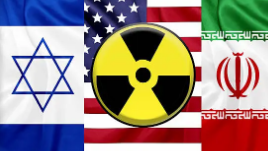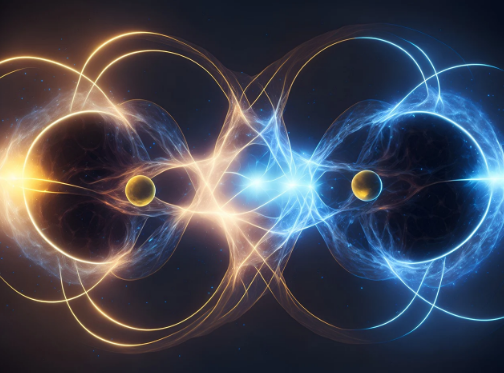The Future of Energy: A Comprehensive Look at Nuclear Power
The Future of Energy: A Comprehensive Look at Nuclear Power
In an era characterized by growing concerns about climate change and the quest for sustainable energy sources, nuclear power has re-emerged as a key player in the global energy landscape. With its potential for low-carbon electricity generation, nuclear energy is often touted as a solution to the world’s energy challenges. However, the technology comes with its own set of complexities and controversies. This article explores the multifaceted nature of nuclear power, examining its advantages, challenges, and future prospects.
The Advantages of Nuclear Power
1. Low Carbon Emissions
One of the most compelling arguments for nuclear power is its low carbon footprint. Unlike fossil fuels, nuclear reactors do not emit carbon dioxide during operation. This makes nuclear energy a crucial component in efforts to reduce greenhouse gas emissions and combat climate change. According to the International Atomic Energy Agency (IAEA), nuclear power plants have helped to avoid over 60 gigatonnes of CO2 emissions since 1971.
2. High Energy Density
Nuclear energy is incredibly efficient compared to traditional fossil fuels. A single uranium fuel pellet, roughly the size of a pencil eraser, can produce as much energy as 1 ton of coal or 149 gallons of oil. This high energy density means that nuclear power plants require less fuel and produce less waste than fossil fuel plants, making them highly effective for meeting large-scale energy demands.
3. Reliability and Stability
Nuclear power plants provide a stable and reliable source of energy. Unlike renewable sources such as wind and solar, which can be intermittent, nuclear power generates a continuous and stable output of electricity. This reliability is crucial for maintaining a consistent energy supply and supporting the operation of critical infrastructure.
Challenges and Controversies
1. Nuclear Accidents
The specter of nuclear accidents is a major concern for many people. High-profile disasters such as Chornobyl (1986) and Fukushima (2011) have left lasting impressions on public perception. Although modern reactor designs have significantly improved safety measures, the potential consequences of a nuclear accident—radiation exposure, environmental contamination, and health risks—remain significant concerns.
2. Radioactive Waste
The disposal of radioactive waste is another major challenge. Nuclear power generates waste that remains hazardous for thousands of years. While strategies for waste management, such as geological disposal, are in place, the long-term storage of radioactive materials continues to be a contentious issue. Ensuring that waste does not pose a risk to future generations is an ongoing challenge for the nuclear industry.
3. High Initial Costs
The construction of nuclear power plants involves substantial financial investment. The costs associated with building, maintaining, and decommissioning nuclear reactors are high. Additionally, regulatory requirements and safety standards can further increase costs. This financial burden can make nuclear power less competitive compared to the rapidly decreasing costs of renewable energy technologies.
The Future of Nuclear Power
Despite these challenges, nuclear power remains a significant part of the energy mix in many countries and is poised for a transformative role in the future energy landscape.
1. Next-Generation Reactors
Advances in reactor technology, such as Small Modular Reactors (SMRs) and Generation IV reactors, promise to address some of the current challenges. SMRs are designed to be more cost-effective and scalable, potentially reducing the financial and logistical barriers associated with traditional nuclear plants. Generation IV reactors aim to improve safety, efficiency, and waste management, making nuclear power more sustainable in the long term.
2. Nuclear Fusion
The pursuit of nuclear fusion—an energy source that mimics the processes powering the sun—holds the potential for a nearly limitless and clean energy supply. While still in the experimental stage, the successful development of fusion technology could revolutionize the energy sector by providing a safe, abundant, and low-waste source of power.
3. Policy and Public Perception
The future of nuclear power will also depend on policy decisions and public perception. Governments will play a critical role in shaping the direction of nuclear energy through regulations, incentives, and investment in research and development. Additionally, efforts to improve transparency, safety, and waste management are essential for gaining public trust and support.
Conclusion
Nuclear power stands at a crossroads, balancing its impressive benefits against significant challenges. As the world seeks sustainable solutions to address climate change and energy needs, nuclear energy’s role is likely to evolve. With ongoing advancements in technology and policy, nuclear power has the potential to be a key component of a diverse and resilient energy future. However, its success will depend on addressing the pressing issues of safety, waste management, and public perception. As we look toward the future, a balanced and informed approach will be essential to harnessing the full potential of nuclear energy while mitigating its risks.



